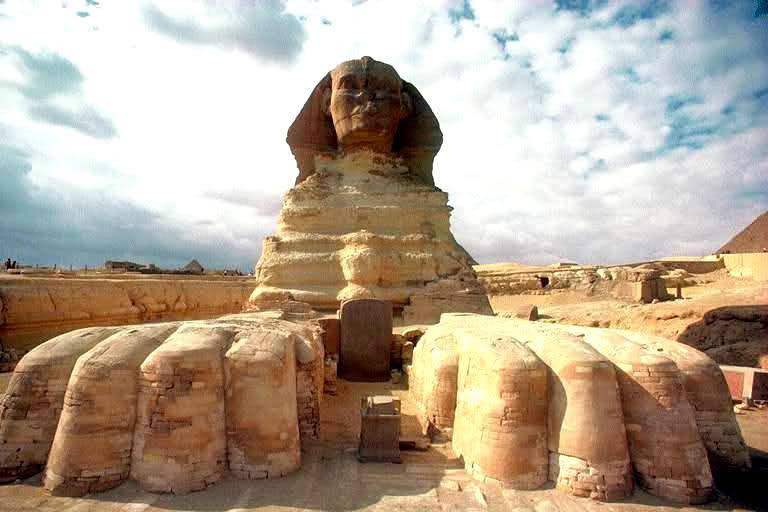
The Digital Giza project is a portrait of the considerable efforts devoted to Egypt by modern scholars from Harvard and Boston Universities, accessible to archeology explorers and academics who admire Egypt’s ancient history.
In 2000, the Museum of Fine Arts in Boston launched the Digital Giza Project when Peter Der Manuelian decided to digitize all the excavations by Egyptologist George Reinser carried out over the course of more than 40 years, the official website of the project read.
Then the idea moved to Harvard University, where the record of Reisner’s remarkable series of digs was enhanced by the inclusion of more data collected by several institutions such as the MFA (Ministry of Foreign Affairs).
Giza marvels currently exist in varied sites across the world including many sites outside of Egypt. The Digital Giza Project brings them together and displays those unearthed artifacts online.
The land on which Giza’s Great pyramids and Sphinx exists is a legendary burial site where ancient Egyptians buried their rulers 4,600 years ago. Treasurable data about this mysterious world is now accessible for all archeology experts and adherents, according to the project’s official website.
One who pays an online visit to the “clearinghouse”, which comprises numerous archeological Giza belongings, will be overwhelmed by thousands of images and academic research articles.
The project presents an exceptional repertoire of Giza’s archeological sites through an innovative technology, Washington Post reported.
Each archeological model for the temples, monuments and tombs is presented using 3-D technology in a way that makes viewers feel as if they are inside the sites. The origins of Khafre Pyramid, the Sphinx, and the mysterious colossus, among others, are showcased using this imaginative technology, according to the project’s official website.
Each displayed 3-D model offers a comprehensive view of an archive of photos, videos, and documents and includes a bibliography.




